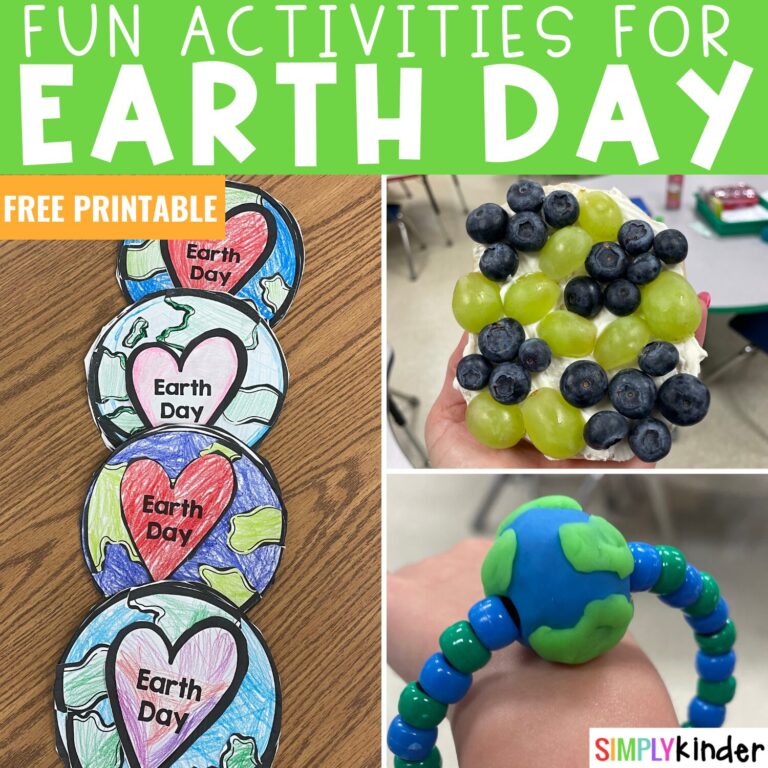
Home » Teaching Nonsense Words
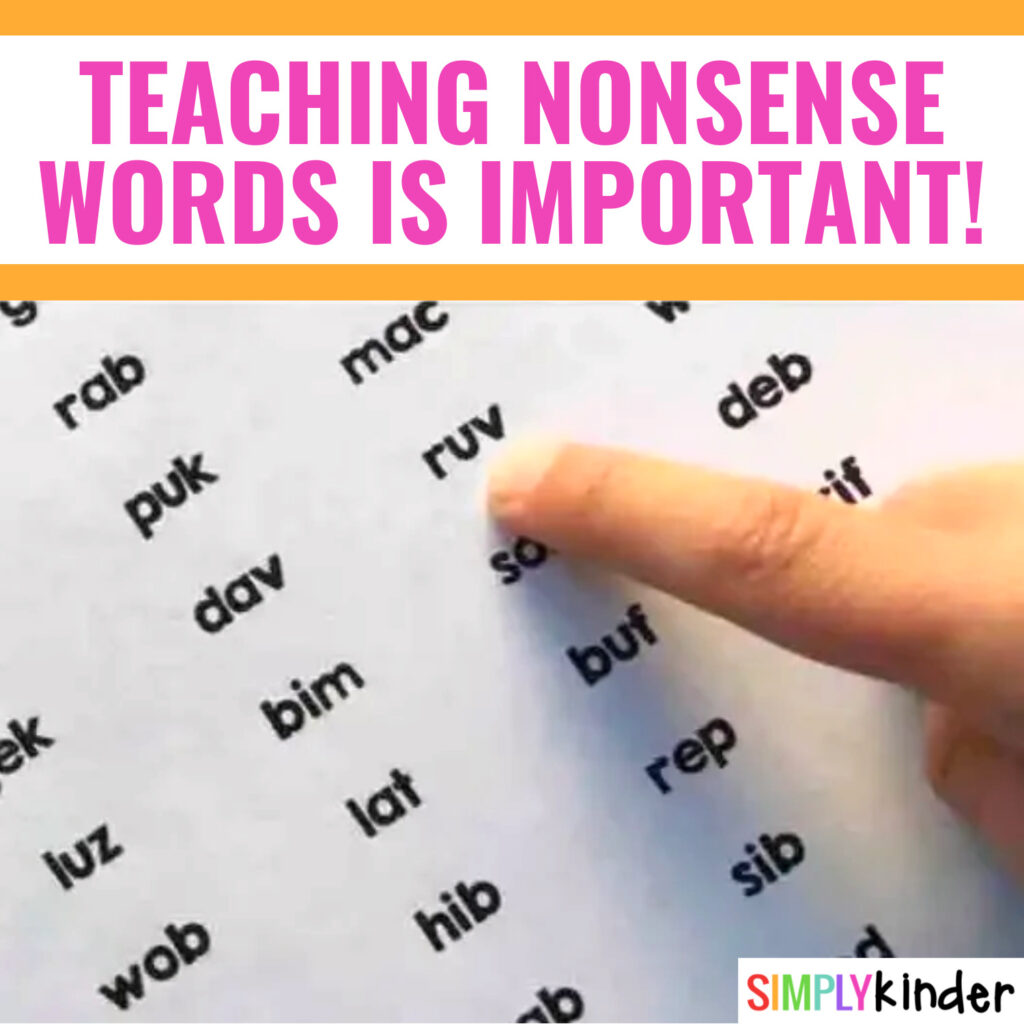
What are nonsense words to you? Are they just an assessment you give 3 times are year or are they really important and meaningful in the continuum of learning to read. Many people have thoughts and opinions on this topic, but if you do a little research you will find that nonsense words have been around long before our tri-yearly assessments and are actually really important in learning to read!
CLICK HERE to download the Nonsense Word pages (and we have letter naming too)!
Nonsense words are parts of whole words. That’s right. Many words we use have chunks of words in them. For example, if you are reading the world format you are reading “for” and “mat”. Now this example has real words to make up the whole word but most words do not. For example, the word conference has “con,” “fer,” and “ence” in it. In early childhood words are easier for sure, but teaching of these words early on will help kids to decode larger words as they advance in the reading process.
A photo posted by SimplyKinder (@simplykinder) on
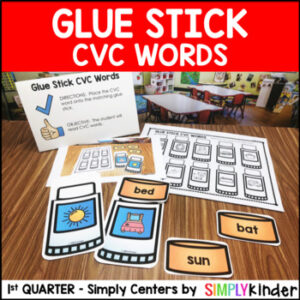
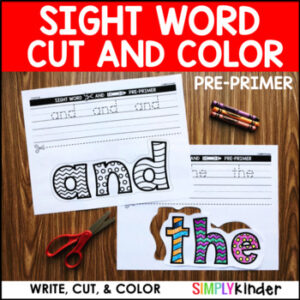
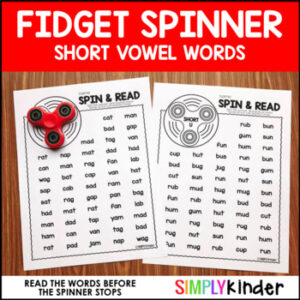
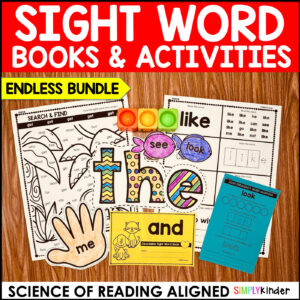
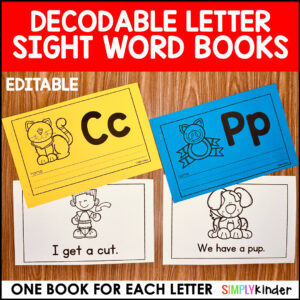
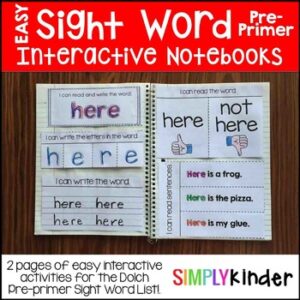
Nonsense words help with learning syllables. By breaking words down into smaller parts we are reinforcing syllables – an essential piece to phonological awareness. Again, in the continuum of reading, students will not be able to be fluent readers until phonological skills are mastered. Practicing reading these nonsense words gives students explicit practice in this skill.
Reading nonsense words gives you an indication of if the child knows the most common sound of the word. It is a great way to measure if your kids are are able to decode 3 sound phonemes. So why not use real words? Well in the early years we depend on a lot of the same 3 letter words. If you want a true measure of if they can decode, you definitely don’t want to give them words they have been explicitly exposed to again and again in centers and instruction. (They become more like sight words.)
Nonsense words help build confidence with decoding. Practicing short silly words and being able to do so successfully is a feeling of accomplishment for our little learners. By being able to read real and nonsense words, they are really able to decode anything (even big dinosaur words.)
Over the years I have heard many teachers say that practicing reading nonsense words is teaching to the test but I disagree. Teachers and reading programs have been teaching nonsense words long before we tested it throughout the year. Students should practice decoding these words in their lessons, in their activities and should do so fast and for fluency.
As a teacher, I didn’t realize how powerful nonsense words were until my own son struggled to read. So as I learned about the reading process (using an Orton-Gillingham method) I realized that they really are very important in the bigger picture. Sometimes it may feel like we are teaching “to the test” but we really are doing so much more. We are building the blocks for fluent readers later on by practicing nonsense words! The page shown in the image above is just one of the ways we practiced nonsense words daily….
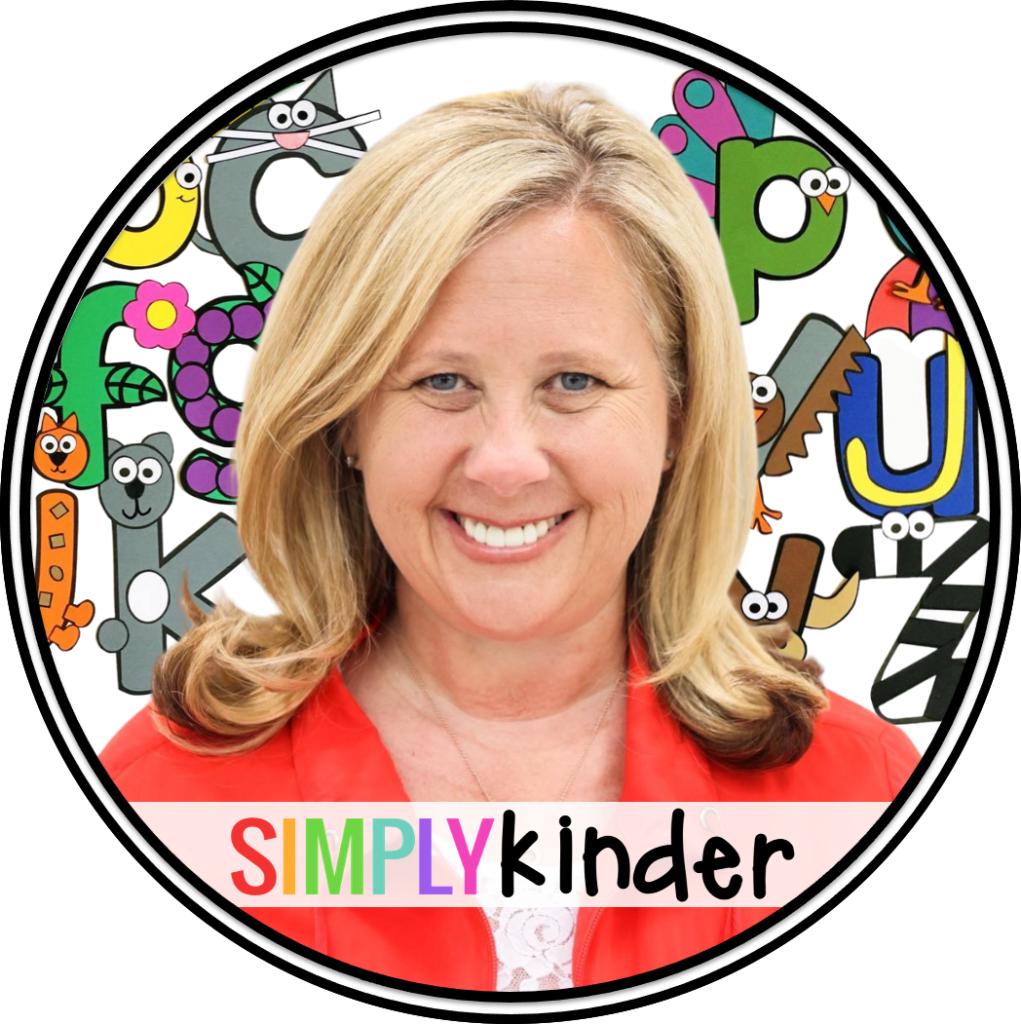
With Unmatched Printables & Engaging Classroom Ideas, Simply Kinder is your TRUSTED TEAMMATE.
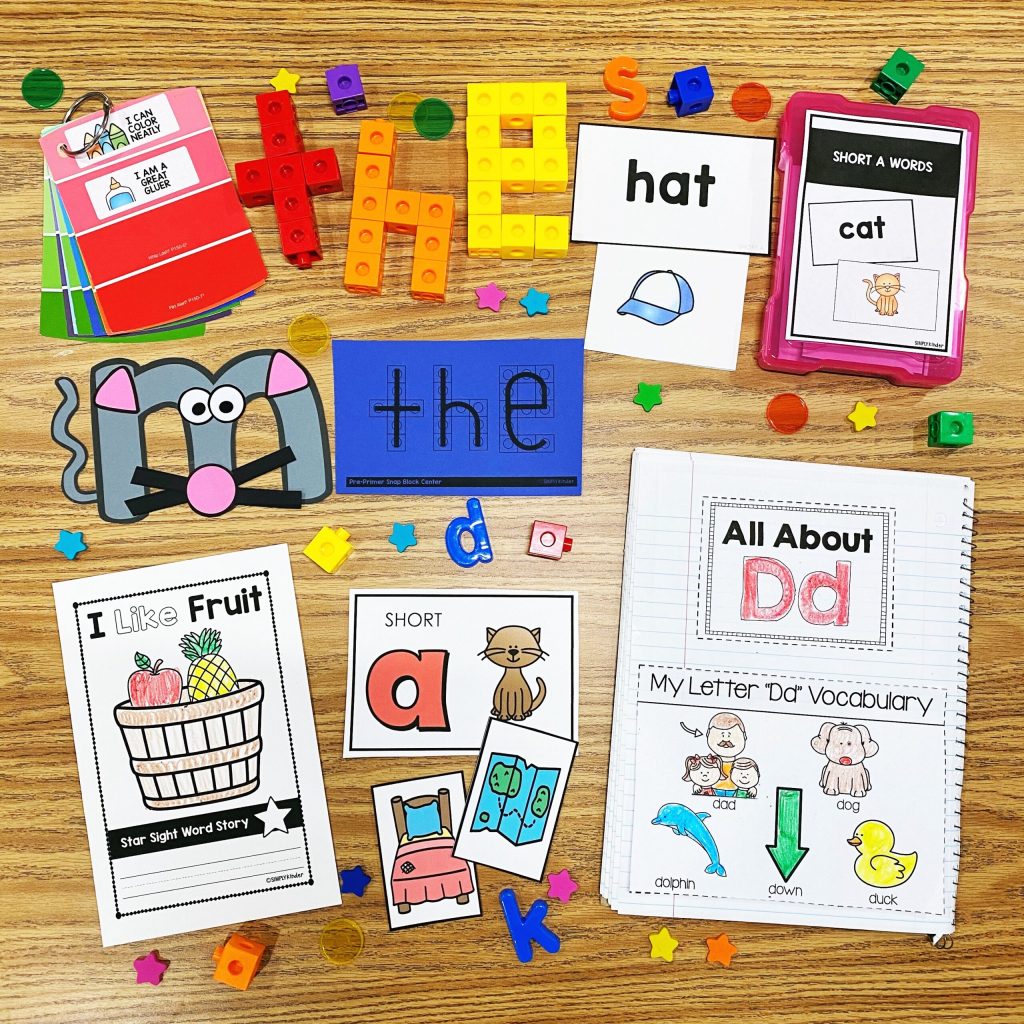
Get our emails loaded with free resources, teaching ideas, and so much more!

You might also like: